Author: Andy Carter
A rising trend in brewing involves crafting beers that possess all of the expected characteristics of their target styles but with little to no alcohol. While I’d tried a couple mass market “near beers” before, I was admittedly surprised to learn of non-alcoholic craft examples, though soon came to appreciate the reasons brewers might opt to make such beers. In addition to being an option for those reducing their alcohol intake, or even completely cutting it out of their lives, it can also be consumed prior to engaging in activities that would be dangerous if performed drunk.
The truth is, I prefer my beer with alcohol, but there are times I want to toss a few back without experiencing the secondary effects, and that’s where low/no alcohol brewing comes into play for me. As outlined beautifully in a recent guest article published on this site, there are a number of methods that can be used to brew low/no alcohol beers, one of the simplest involving the use of unique yeasts that don’t possess the same fermentative qualities as standard brewer’s years. While a number of labs have released strains specifically for low/no alcohol beers, I was recently contacted by our friends at Imperial Yeast who said they had one such strain they wanted tested, so I took it as an opportunity to brew my first low/no alcohol beer.
Unfortunately, the yeast that I used has yet to be released publicly, but according to Imperial Yeast, it’s a strain of PichiaKland seeing as I was sent a test sample and provided little information about it, this article strays a bit from our usual Brü It Yourself format. For that reason, I would recommend anyone interested in making this Sunday Morning Mild or coming up with their own low/no alcohol beer recipes read the aforementioned article and consider trying an available yeast from another lab.
| Making Sunday Morning Mild |
Seeing as Dark Mild is already a lower alcohol style that is quite flavorful, I thought it’d be a good place to start my low/no alcohol journey. I designed a very simple recipe with what seemed like basically no malt to ensure as little alcohol production as possible.
Sunday Morning Mild
Recipe Details
| Batch Size | Boil Time | IBU | SRM | Est. OG | Est. FG | ABV |
|---|---|---|---|---|---|---|
| 5.5 gal | 60 min | 9.6 | 9.7 SRM | 1.016 | 1.016 | 0 % |
| Actuals | 1.016 | 1.016 | 0 % | |||
Fermentables
| Name | Amount | % |
|---|---|---|
| Golden Promise Pale Malt | 2 lbs | 57.14 |
| Caramel Malt 60L | 1.5 lbs | 42.86 |
Hops
| Name | Amount | Time | Use | Form | Alpha % |
|---|---|---|---|---|---|
| First Gold | 28 g | 15 min | Boil | Pellet | 4.7 |
Yeast
| Name | Lab | Attenuation | Temperature |
|---|---|---|---|
| Imperial Yeast "HK" - Pichia Kluyveri | 0% | 32°F - 32°F |
Notes
| Water Profile: Ca 25 | Mg 2 | Na 0 | S04 35 | Cl 30 |
Download
| Download this recipe's BeerXML file |
I started this brew day by collecting the brewing water, adjusting it to my desired profile, and flipping the switch on my Brewzilla unit to get it heating up.
Next, I weighed out the strikingly small amount of grain it would take to achieve the low OG recommended for low/no alcohol beers.
Another recommendation when making low/no alcohol beers is to mash higher than normal in order to reduce the enzymatic activity of both alpha and beta amylase. For this batch, I held the mash at a temperature of 172°F/78°C.
While not necessary since conversion isn’t the goal, I let the mash rest for my standard 60 minutes, as that’s what I’m used to doing. When it was complete, I removed the grains and boiled the wort for 60 minutes, adding hops as indicated in the recipe.
Once the boil was finished, I quickly chilled the wort with my CFC while transferring it to a sanitized 6 gallon/23 liter PET carboy. A refractometer reading showed the wort was at my very low target of 1.016 OG.
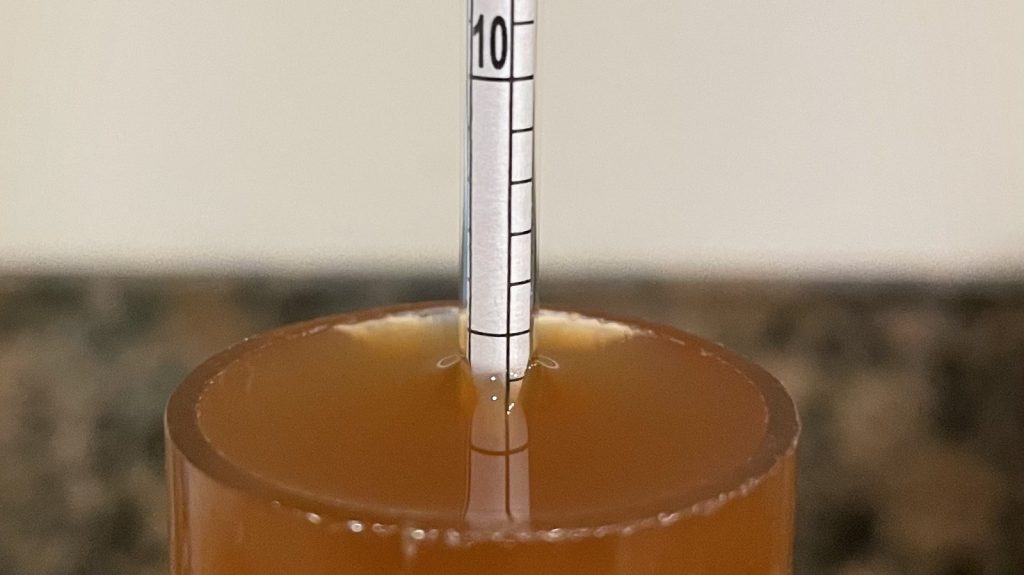
At this point, I pitched about 100 mL of the test sample of yeast I’d received from Imperial Yeast the week prior.
I left the beer in a space that maintained 74°F/23°C for a week before I took a hydrometer measurement showing the FG was exactly the same as the OG, indicating an absence of alcohol in the beer.
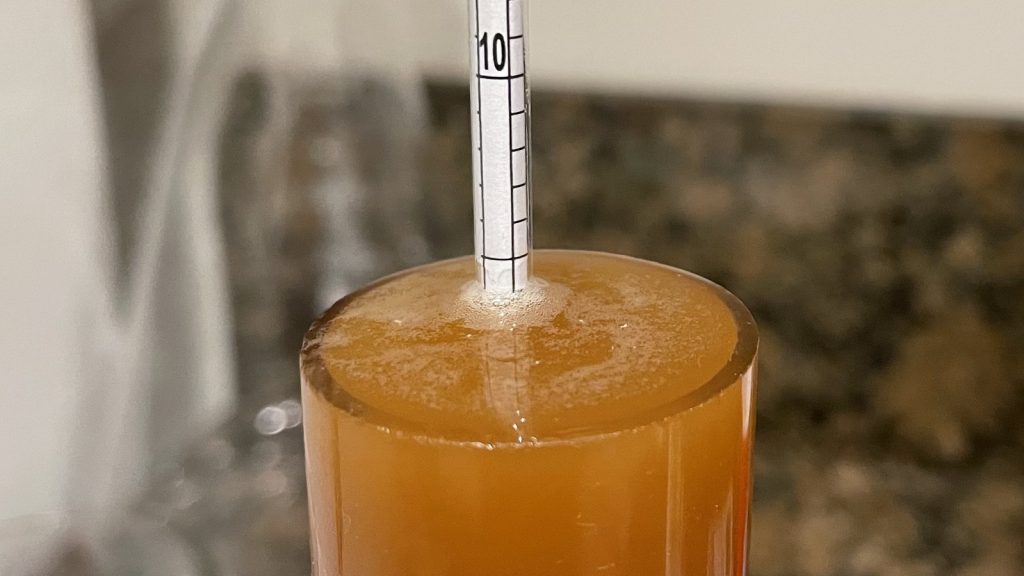
At this point, I pressure transferred the beer to a sanitized and CO2 purged keg.
The filled keg was placed in my keezer and burst carbonated overnight before I reduced the gas to serving pressure. After a week of conditioning, this ostensibly non-alcoholic Dark Mild was nicely carbonated and ready to drink.
| IMPRESSIONS |
As much as I love beer with alcohol, there are times the consequent effects make completing certain tasks either more difficult or dangerous to myself and others. Historically, I’ve simply avoided drinking in such times, though with the rise in popularity of low/no alcohol beer, I’ve now another option.
Having tried a few craft examples of low/no alcohol beer, I’d developed the opinion that they aren’t a 100% analog for the real deal, which was certainly the case for Sunday Morning Mild. While it possessed many of the qualities I expect in a Dark Mild like toasty and caramel malt flavors with a subtle spicy hop note, there were other aspects of this beer that were hard not to notice. Similar to other low/no alcohol beers I’ve tried, I felt this one had a vague sweetness to it that I don’t get in regular beer. Also, I picked up a very slight phenol-like spiciness and an odd earthy flavor, though the malt character did a good job of covering it up.
Would I brew this same exact beer again? Not likely, though I’m not sure if that’s because of the yeast or some other factor. Regardless, these are just my personal opinions, and given the unique nature of this Brü It Yourself, I decided to go against our standard approach and have blind tasters evaluate it.
BONUS: Blind Taster Results
A total of 11 people of various levels of experience participated in this evaluation. Participants were informed of the specific beer style and provided the 2021 BJCP description prior to completing the survey, though were not informed of fact it was made to be low/no alcohol. Tasters were then instructed to rate how hoppy, malty, and dry they perceived the beer to be on a 0-5 scale where a rating of 0 indicated “not at all” and 5 indicated “extremely.”
Tasters were provided a list of common hop, malt, and yeast characteristics then instructed to select from each the one they perceived as being most prominent in the beer.
Hop Characteristics
Malt Characteristics
Yeast Characteristics
Next, participants were asked to indicate whether or not they detected any off-flavors in the beer; those who did were provided a list of common off-flavors and instructed to select the one they perceived as being strongest. Overall, 2 people detected a vegetal character while acetaldehyde, grassy, sulfur, diacetyl, musty, and yeasty were endorsed once apiece.
Tasters were then asked to rate how well the beer represented the intended style, based on the provided BJCP description, on a 0-5 scale where 0 meant “not at all” and 5 meant “exactly.”
Finally, tasters were asked to rate how much they enjoyed the beer on a 0-5 scale where 0 indicated they hated it and 5 indicated they loved it.
I’m not entirely sure what to make of the fact over half of the tasters rated their preference as a 4 or 5 while so many off-flavors were noted. Perhaps it speaks to the idea that while this beer possessed some unique characteristics, it was still enjoyable to drink. Make of it what you will!
If you have thoughts about this recipe or experience making something similar, please feel free to share in the comments section below!
Support Brülosophy In Style!
All designs are available in various colors and sizes on Amazon!
Follow Brülosophy on:
FACEBOOK | TWITTER | INSTAGRAM
If you enjoy this stuff and feel compelled to support Brulosophy.com, please check out the Support page for details on how you can very easily do so. Thanks!



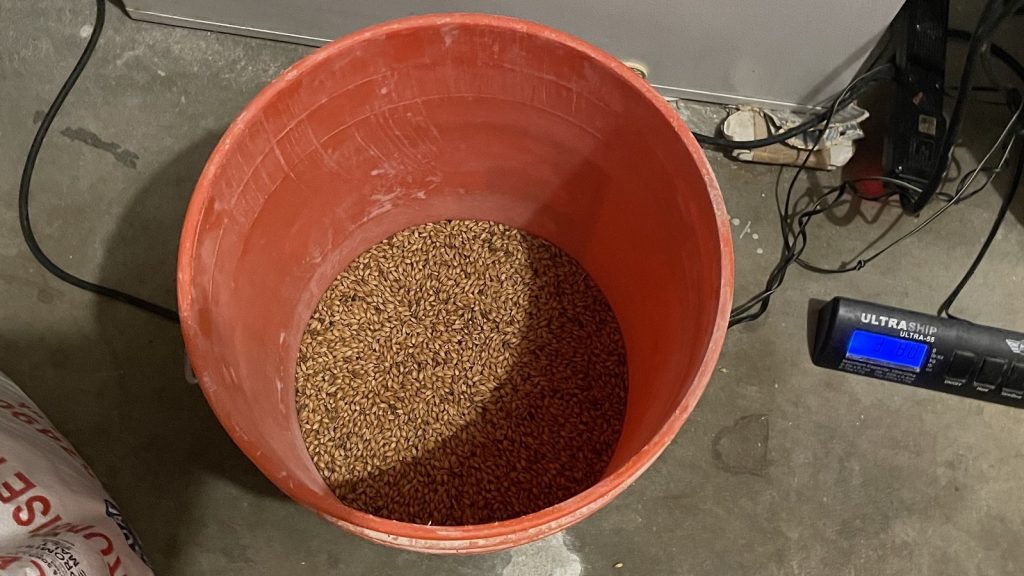
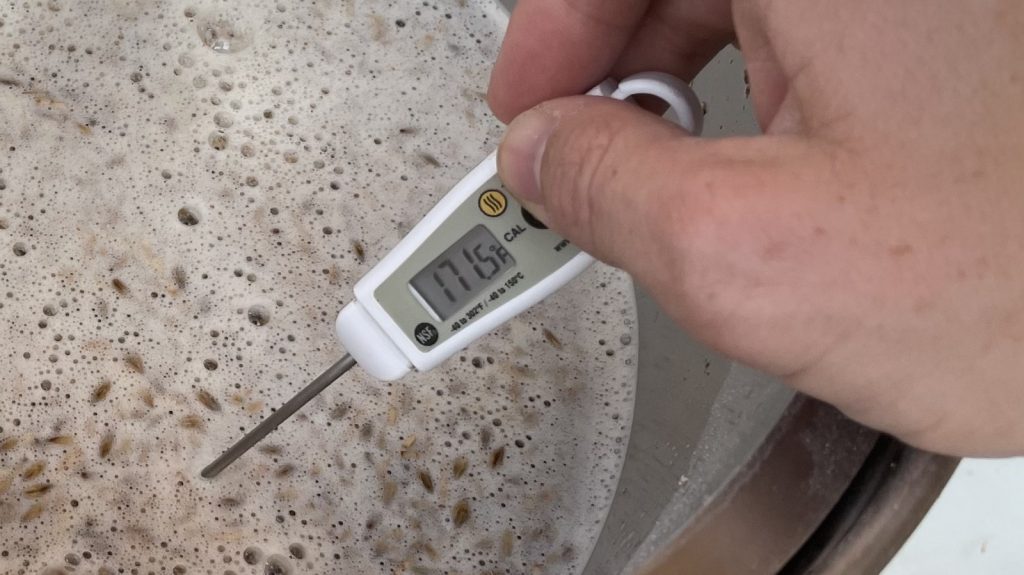
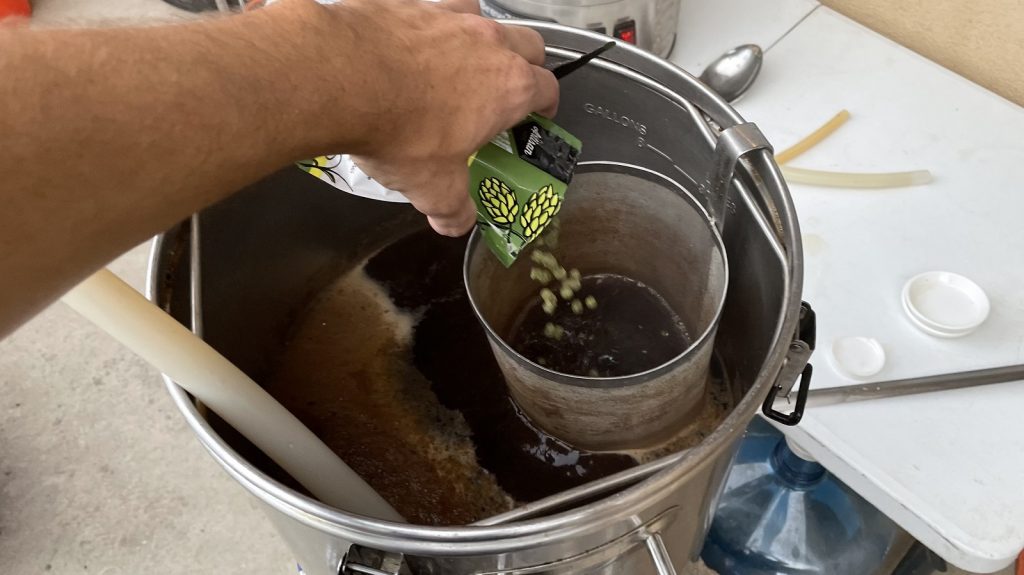
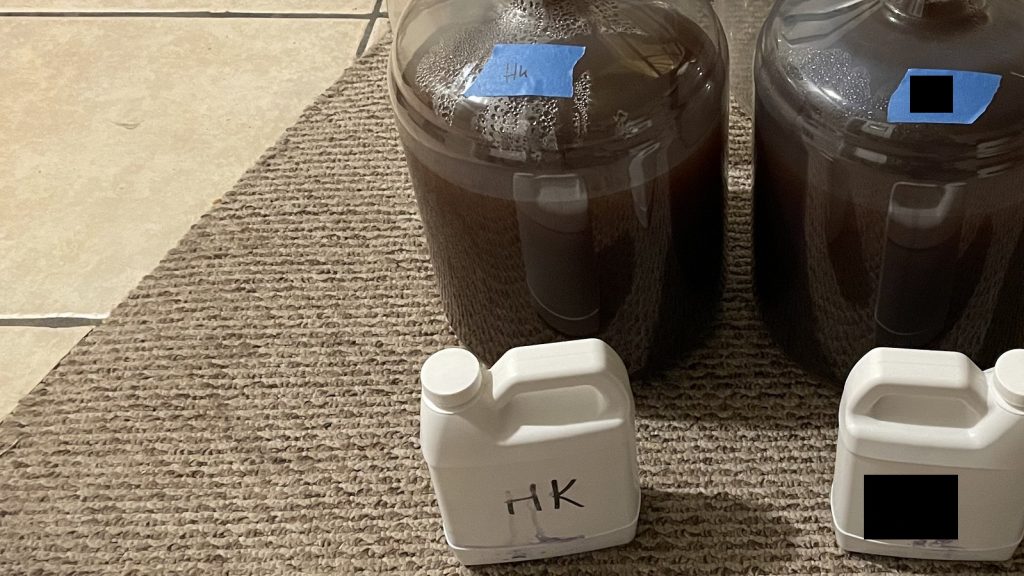
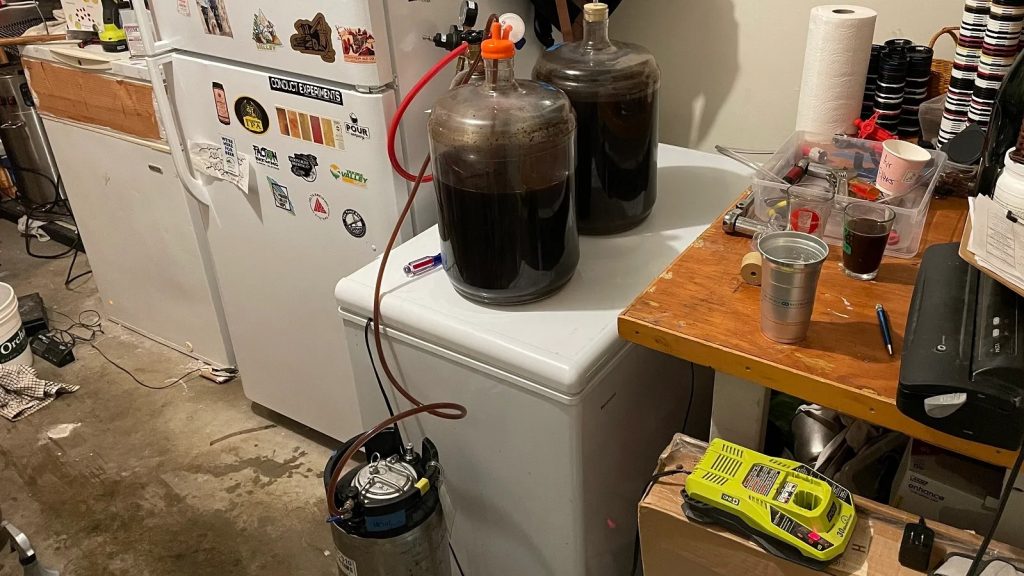
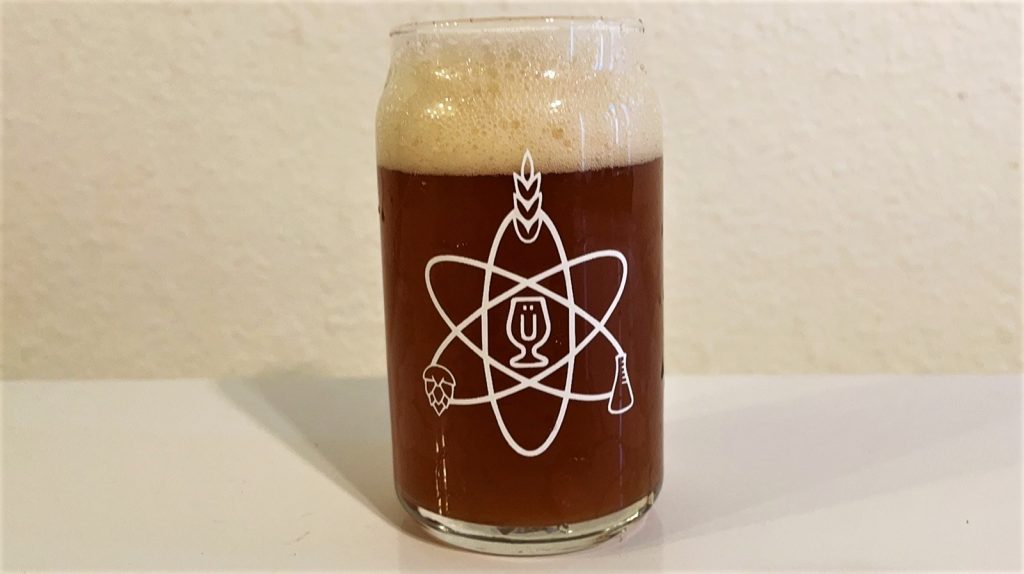

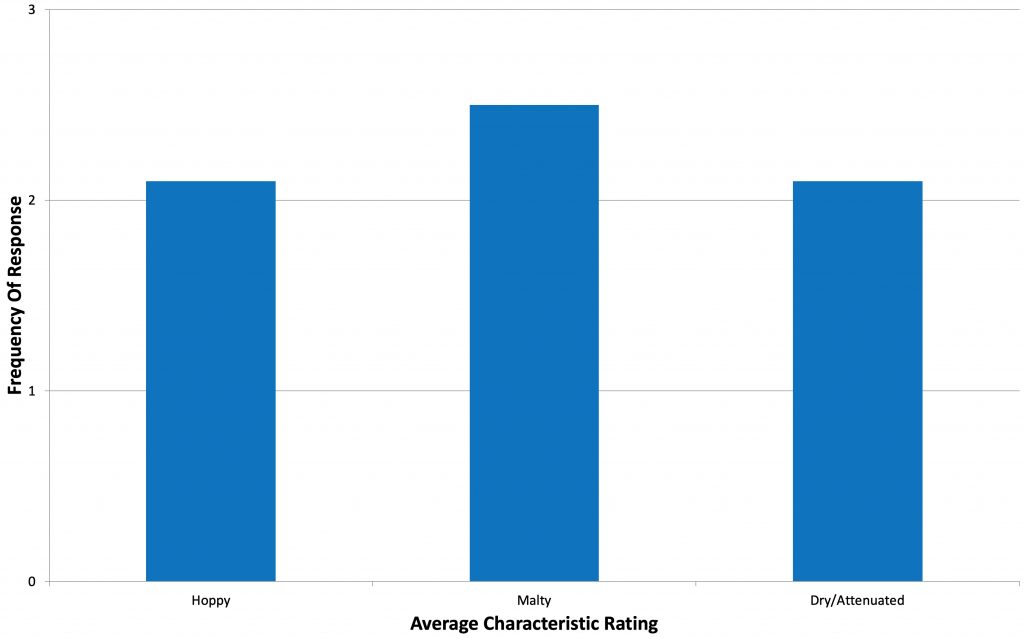
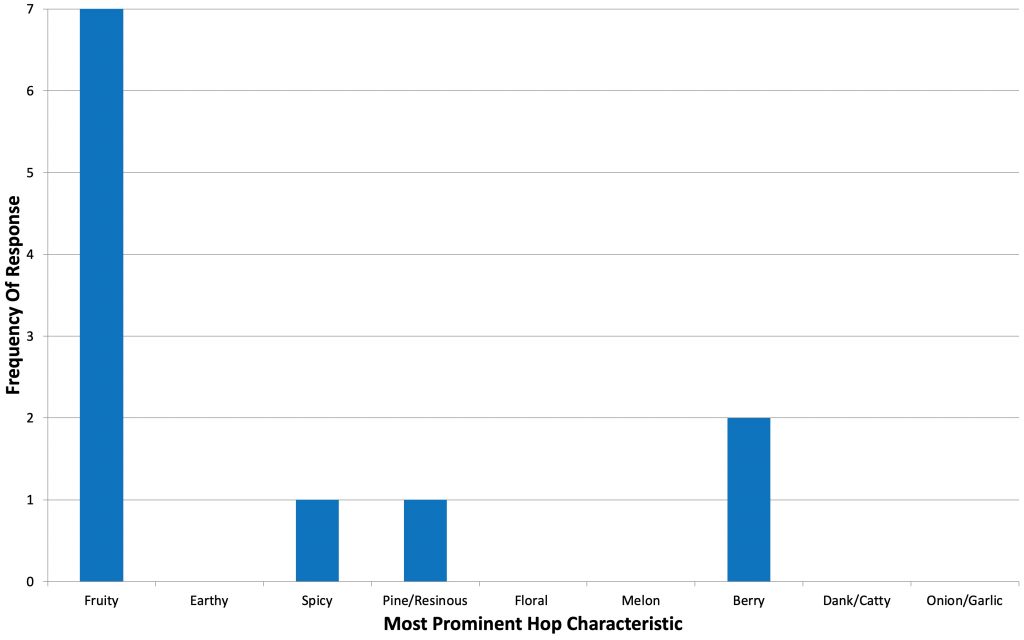
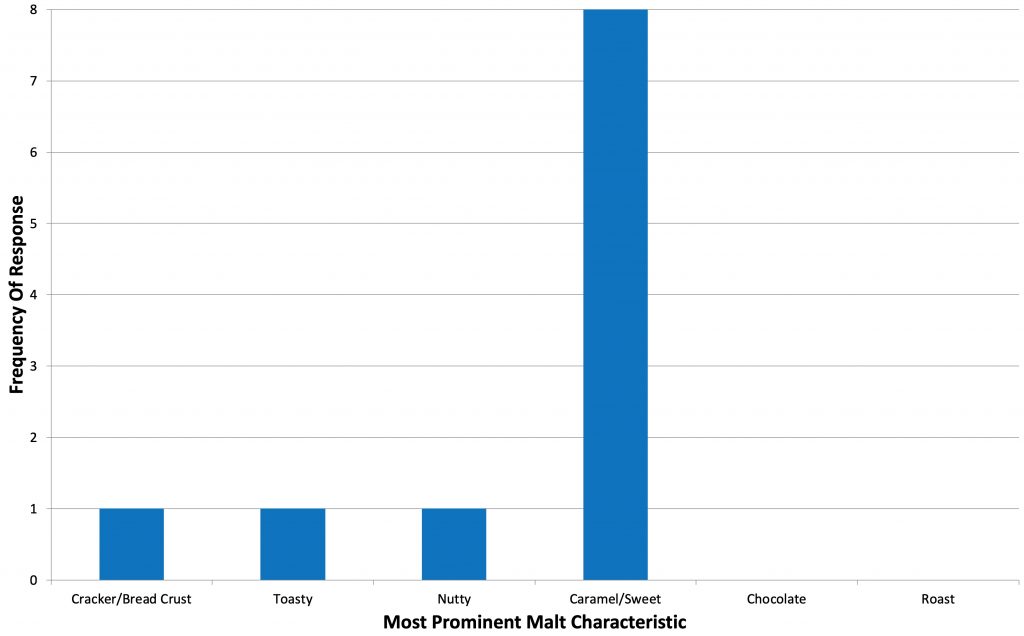
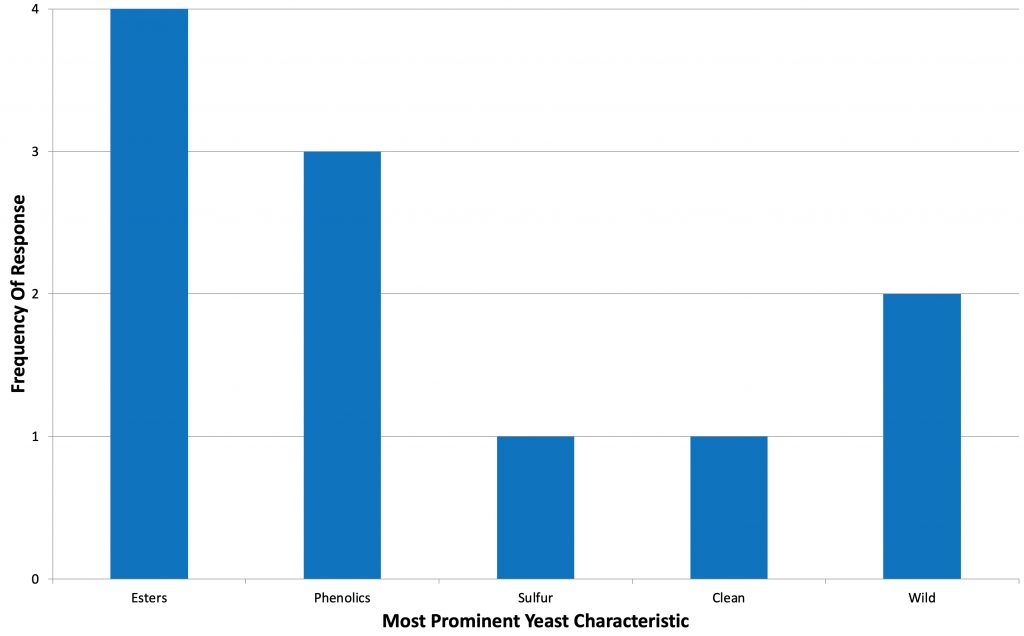
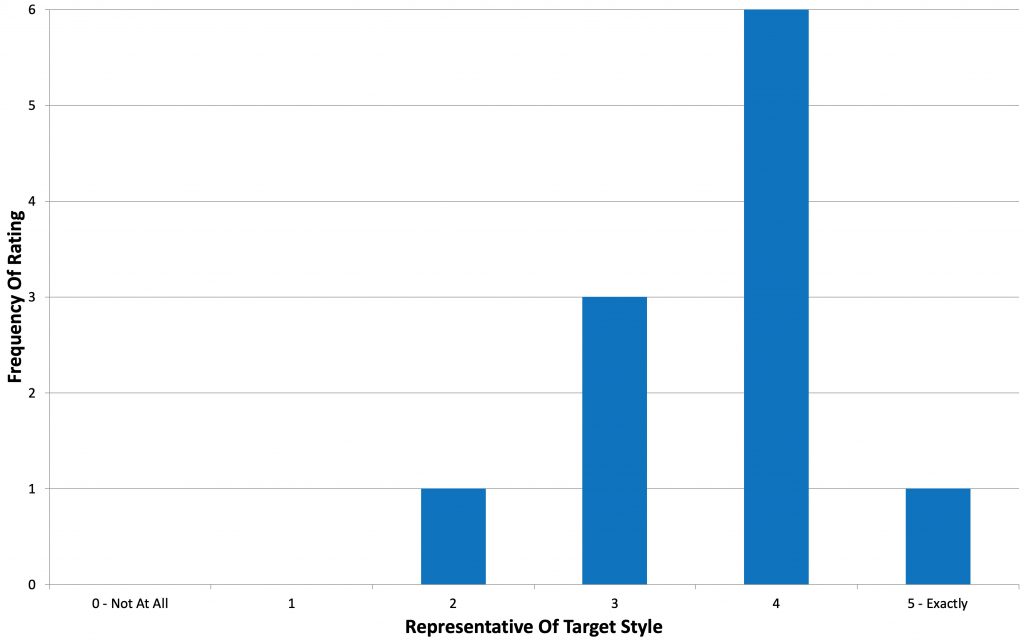
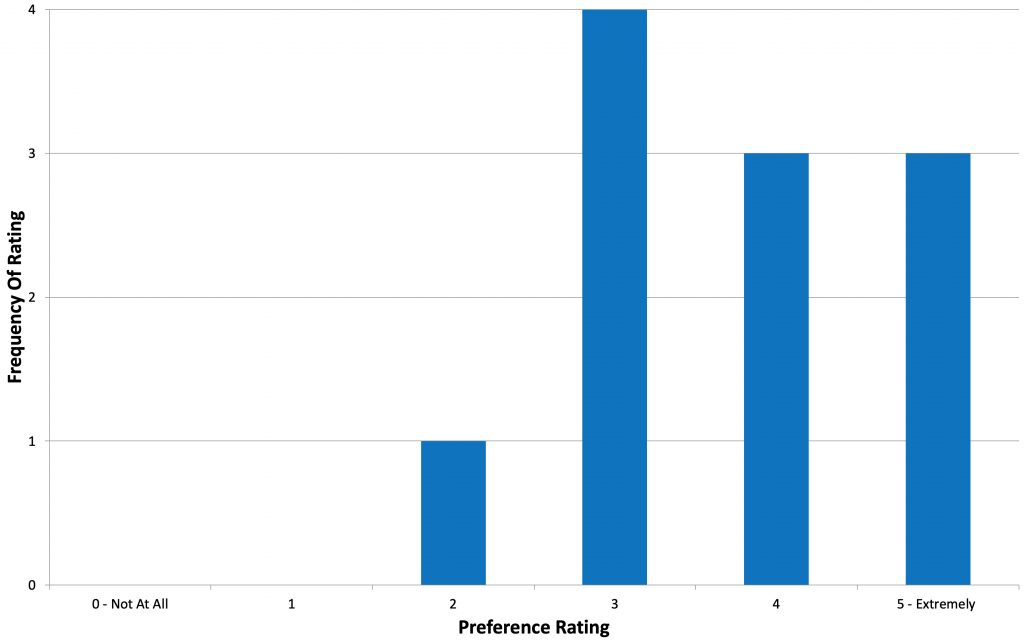










12 thoughts on “Brü It Yourself | Sunday Morning Mild”
What’s the purpose of the yeast if the gravity stays the same if no actual fermentation occurs? Also if there is no fermentation then there is no CO2 blanket above the “beer” then it stays in direct contact with the oxygen. Could that result in excessive oxidation?
I’m interested in low alc brews so I plan to experiment with them over this summer. The guys over at Clawhammer posted about a really good method recently.
The thing with the yeast is there no information, was not release to the public, my produce some esters and phenolic and even CO2, with another way of aerobic or anaerobic metabolism, but till imperial yeast release to the public we can only guess. And the clawhammer video is really good, check the site ultra low brewing, they have a lot of info about low ABV beers, with all the information and hype about the low ABV beers gonna be a game change for my beers. Cheers
I did a little reading about this yeast this morning and found some info that might answer your question. I’m still completing my degree in biology, so take this with a grain of salt.
First, according to an article from the International Journal of Molecular Sciences, the P. kluyveri yeast used in this beer only ferments glucose (https://www.ncbi.nlm.nih.gov/pmc/articles/PMC7866185/, Section 2.1).
Second, barley malt contains a small amount of glucose with one source saying around 1.9% , and another saying around 6%
(https://onlinelibrary.wiley.com/doi/pdf/10.1002/j.2050-0416.1953.tb06206.x, Table III, p. 163; http://www.starch.dk/isi/starch/malt.asp#:~:text=Barley%20malt%20is%20similar%20to,imparts%20a%20rich%2C%20distinct%20flavor.).
I mention this because the high mash temperature likely prevented starch and other polysaccharides from being converted into glucose. This means the only glucose in the wort would have to come from the malt itself, not enzymatic activity.
The glucose in the wort probably caused a small amount of ethanol / CO2 production which created a small CO2 blanket. Other fermentation / biological activity could have contributed flavor compounds such as thiols and esters (mentioned in the Molecular Sciences source).
Interesting, From the title I would of expected a coffee ground steep, or maybe that’s just me because I need coffee in the morning.
Why make such a low gravity beer if the yeast does not make ethanol? If you had made a 1.056 beer how would it have been different? What is the yeast contributing? Any chance of getting more info from Imperial and posting it here in the comments?
Interesting that a google search for “PichiaKland” finds this article and nothing else.
In my experience with low alcohol yeast strains, if you were to make a high gravity beer to start with such as 1.056, you would have a cloying/sickly sweet beer, as attenuation is very low for most of these strains (~5-20%).
I’d recommend no higher than an OG of 1.020 to avoid that sweetness and retain more finished beer like qualities.
If your yeast doesn’t eat much sugar and you produce a 1.056 wort, the you’ll have a hell of a lot of sugar in the final product and it would be incredibly sweet. 1.016 I’m guessing was chosen as it’s around a normal finishing gravity for a regular beer
head-slap
Of course! Thanks.
> Interesting that a google search for “PichiaKland” finds this article and nothing else.
I’m guessing that is a mistake and the name is botched, the “and” there looks like part of the next sentence. The recipe details say “Pichia Kluyveri”, which has plenty of search results.
Great article! Exciting stuff to see more yeast options potentially available for homebrewers. Surprised to see no shift in the gravity though, having tried a few different yeast strains for low/no beers they have at least some degree of attenuation.
I’ve prefer to stick with the high mash temp/low gravity method for my beers as it’s overall flavour and body is much better.
Also big thanks for sharing the great article from UltraLow Brewing, alot of great information on our website for brewers looking to tackle their own LA/NA beer.
Unless there is special type of yeast around that uses the maltose up but turns it into something other than alcohol or acetic acid, I think the only way to preserve any malty flavor would be to start with normal gravity malt plus normal yeast and then seek to remove the alcohol. if you just want a hoppy drink, then why not leave out the grain altogether.
It may have been helpful to measure what was going on with pH and this mystery yeast. If the lack of traditional fermentation meant a higher pH, I assume it would be helpful to adjust it downward to match a regularly fermented Mild. pH is one of those things that can have a major effect on other tastes even when the acidity level isn’t immediately obvious.